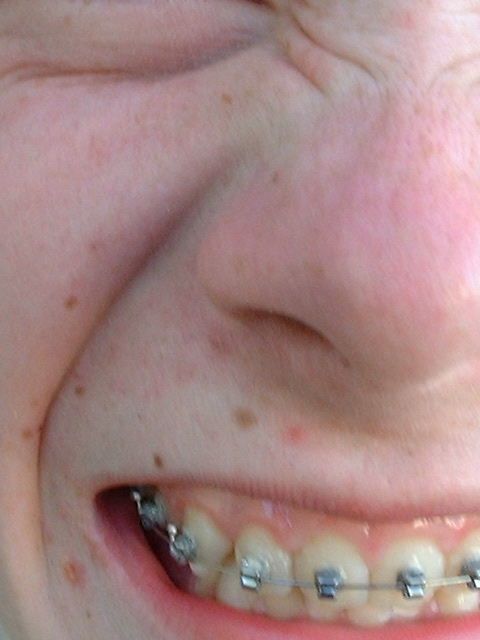History of Dental Braces and Orthodontics
Dental braces (also called orthodontic braces or just braces) are devices that are used on people who want to align and straighten teeth. Teeth are positioned using braces with regard to a person's bite and to improve dental health of a person.
Although today’s braces look very modern they didn’t appear out of nowhere and date back to ancient times. Dental appliances were found with the dead Etruscans who buried their dead with braces made of metal bands to preserve the teeth during the afterlife. Hippocrates and Aristotle wrote between 400 BC and 300 BC about ways to straighten teeth. People of that time used catgut (a type of cord made from animal intestines) to closing gaps in the teeth which helped with chewing. Between Celsus recommended to people to remove milk teeth once their permanent teeth have appeared, and to straighten crooked teeth with the fingers. A Roman tomb was found in Egypt with teeth bound in golden wire. All this tells that even in ancient times, people had trouble with not so perfect teeth - practical and even aesthetic.
Orthodontics began developing in the 18th century and one of the first complex inventions appeared in 1728 when Pierre Fauchard, the famous French dentist, published “The Surgeon Dentist”, a book in which he dedicated a whole chapter on straightening teeth. In it, he describes a device called a Blandeau, a horseshoe-shaped piece of iron that helped expand the arch. Louis Bourdet, dentist to the King of France, wrote a book after that, called “The Dentist’s Art", which also dealt with teeth straightening. He also perfected the Fauchard’s Blandeau and was probably the first dentist o to recommend extraction of the premolar teeth to to ease crowding and to improve jaw growth. Early patients that wore Blandeau were advised to eat grapes because doctors thought that the acid will keep device from rusting. In reality, acid from grapes had the opposite effect and made braces rust more quickly. Wire crib was invented by Delabarre in 1819 and Edward Maynard made first gum elastics in 1843. This marks the beginning of the orthodontics as a separate branch of dentistry. Norman W. Kingsley, who was a dentist, writer, artist, and sculptor, in 1858 writes the first documented article on orthodontics and in 1880 he writes a book "Treatise on Oral Deformities". At the same time, dentist J. N. Farrar writes a book in two volumes " A Treatise on the Irregularities of the Teeth and Their Corrections" and there he gives an idea to fix teeth by applying of mild force at timed intervals, an idea that was a basis for many future models of braces.
Edward Angle made the first simple classification system that is still used today as a way for dentists to describe how crooked teeth are. He also designed orthodontic and dental appliances, making them simpler and easier to wear. He was a founder of the first school and college of orthodontics; in 1901 he organized the American Society of Orthodontia and founded the first orthodontic journal in 1907.

